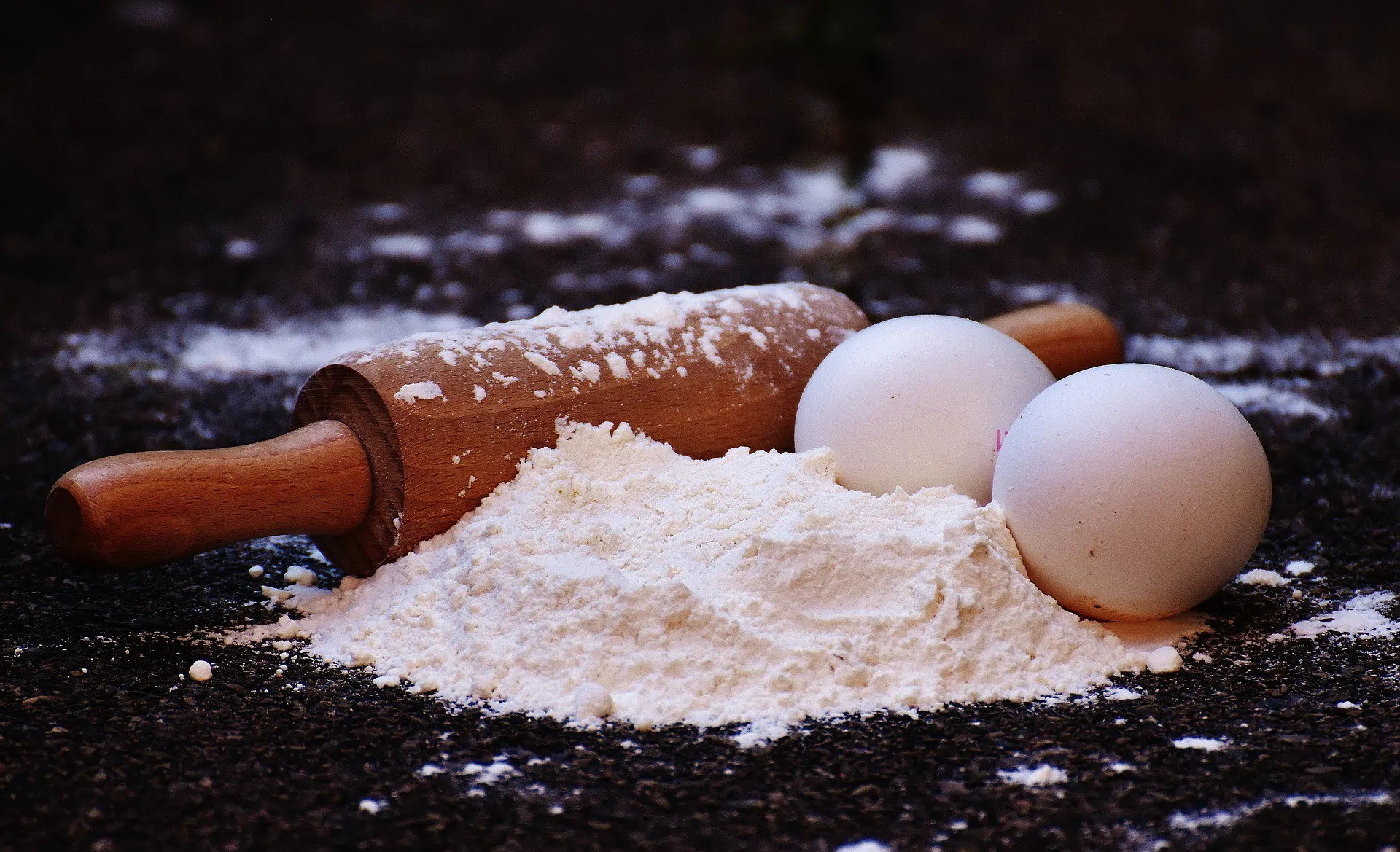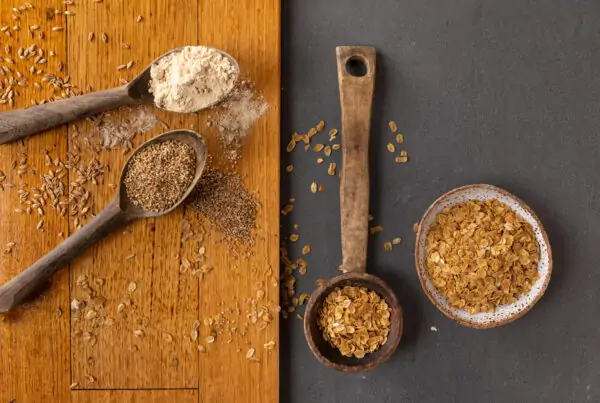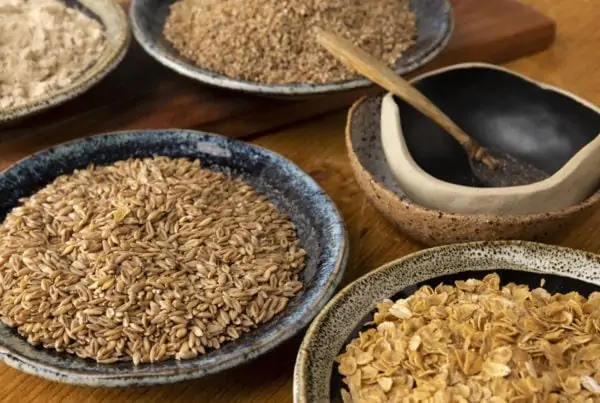Hands up if you’ve noticed the (seemingly) thousands of recipes for banana bread that have been filling our social media feeds of late? With a diverse range of flours now widely available, today we’ll look at the difference between them and how choosing the right flour can be the secret ingredient to your souffle success or fondant fail.
Plain flour
Good old plain flour – they don’t call it a staple for no reason! Plain flour is milled from wheat and contains only about 75% of the whole wheat grain – with the bran and the wheat germ generally taken out. Plain flour is low in both gluten and protein, and lends itself well to biscuits and pastry where the desired texture is more crumbly and dense than fluffy and light. Plain flour can also be used as a coating agent for vegetables and meats, and can be used to thicken gravies and sauces.
Self-raising flour
Getting your cake baking hat on? Don’t forget the self-raising flour. Self-raising flour is essentially just plain flour (we’re unveiling all the big secrets in this blog!) – but, it does two have special ingredients added to it – baking powder and salt. The inclusion and even distribution of salt and baking powder means that this type of flour is great for baking cakes, muffins, and scones. And here’s a handy tip: if you don’t have any self-raising flour on hand, you can make it yourself. Simply add 1 ½ teaspoons of baking powder and ½ teaspoon of salt for each cup of plain flour – and mix well!
Coconut flour
A relatively new addition to the supermarket flour aisle, coconut flour is made from the meat of a coconut that has been dried, the oil removed, and then ground down into a fine powder. As you’d expect, coconut flour has a slightly sweet, nutty flavour so it lends itself quite well to breads, muffins and cakes. On the nutrition front, coconut flour is gluten free, and is lower in carbs and higher in protein and fibre than wheat flour.
Almond flour
First things first, let’s distinguish between almond flour and almond meal. While these terms are sometimes used interchangeably, there is a key difference between them. To make almond flour, the almond is blanched in boiling hot water to remove the skin, before being ground into flour. Almond meal is made when the nut is ground into a powder, but the skin is still retained.
Almond flour has been found to be a source of vitamin E, an important antioxidant which can protect your body from free radical damage. It’s also a great lower-carb flour which has a subtle sweet flavour. It’s widely used in grain-free and paleo baking and generally available in the health food aisle of most supermarkets.
Wholemeal flour
Traditional wholemeal flour is derived from wheat – the same as plain and self-raising flour. The difference, however, is that plain and self-raising flours don’t use the complete wheat grain – they only use the endosperm, omitting the bran and the germ layers of the grain. Whilst this makes for fine, white flour, it doesn’t deliver as well as wholemeal flour in the nutrition stakes. Wholemeal flour is produced by milling the whole grain. Maintaining the germ and the bran layers of the grain are important as these are where the majority of nutrients are found. Wholemeal flour can generally be substituted for white flour, with the expectation that what you’re cooking / baking may be a slightly darker colour (think white bread compared to wholemeal bread). Wholemeal flour certainly delivers in spades on the fibre front, especially when compared to white flour.
Rice flour
As the name suggests, rice flour is made from ground raw rice. It’s commonly used to make rice noodles and savoury pancakes, particularly in Asian and Indian cooking. It’s also great as a thickening agent for stews, soups and sauces. It’s also great for baking, particularly because it doesn’t have a strong flavour. If you’re looking for gluten free flours, rice flour is a great addition to your pantry.
OO flour
If you’re thinking about having a homemade pizza and pasta party, best be stocking up on 00 flour. 00 flour is an Italian flour that is milled specifically for pasta making. ‘00’ is actually part of a grading system that indicates how much of the bran and germ layers of the wheat grain have been removed – with 00 being the most refined option. 00 flour is lower in protein and gluten.
BARLEYmax® flour
BARLEYmax® flour is available to be purchased in commercial quantities via our distribution partner, Mauri ANZ. A gut-loving addition to any bakery offering, you can learn more about BARLEYmax® flour here.
Intended as general advice only. Consult your health care professional to discuss any specific concerns.







3 Comments